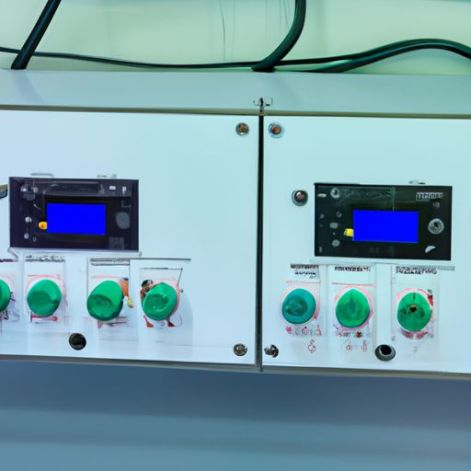Table of Contents
فوائد نقل التحكم التلقائي بمصدر الطاقة المزدوج لتوفير الطاقة دون انقطاع
مقارنة بين المحولات 63A و100A للتبديل من فئة المللي ثانية دون انقطاع
هناك عامل آخر يجب مراعاته عند الاختيار بين محول 63 أمبير و100 أمبير وهو حجم المحول وتكلفته. يعتبر المحول 100 أمبير أكبر وأكثر تكلفة من المفتاح 63 أمبير، نظرًا لسعة التيار الأعلى. ومع ذلك، قد تكون التكلفة الأعلى مبررة في التطبيقات التي تتطلب سعة تيار أعلى لضمان التشغيل السلس للأنظمة المهمة.
في الختام، عندما يتعلق الأمر بالتبديل من فئة المللي ثانية دون انقطاع، فإن كلا المحولين 63 أمبير و100 أمبير قادران على توفير التبديل عالي السرعة المطلوب لضمان إمدادات الطاقة دون انقطاع. يعتمد الاختيار بين المفتاحين على المتطلبات المحددة للتطبيق، حيث يكون المفتاح 100 أمبير مناسبًا للتطبيقات التي تتطلب سعة تيار أعلى. في النهاية، يلعب كلا المحولين دورًا حاسمًا في ضمان موثوقية وكفاءة أنظمة إدارة إمداد الطاقة.
In the world of power supply management, ensuring uninterrupted power is crucial for the smooth operation of various systems and equipment. Dual power supply automatic control transfer Switches play a vital role in this process, allowing for seamless switching between power sources in the event of a failure. When it comes to millisecond class switching without interruption, the choice between a 63A and 100A switch can make a significant difference in the efficiency and reliability of the system.
The primary function of a dual power supply automatic control transfer switch is to automatically transfer the load from the primary power source to a secondary source in the event of a power outage or failure. This ensures that critical systems remain operational without any interruption in power supply. The speed at which this transfer occurs is crucial, especially in applications where even a brief interruption can have serious consequences.
When comparing a 63A and 100A switch for millisecond class switching without interruption, the main difference lies in the maximum current capacity that each switch can handle. The 63A switch is designed to handle a maximum current of 63A, while the 100A switch can handle up to 100A. This means that the 100A switch is capable of handling a higher load, making it suitable for applications where a higher current capacity is required.
In terms of switching speed, both the 63A and 100A switches are designed to provide millisecond class switching without interruption. This means that the transfer of power from the primary to the secondary source occurs within milliseconds, ensuring that critical systems remain operational without any downtime. The high-speed switching capability of these switches is essential in applications where even a brief interruption in power supply can have serious consequences.

Another factor to consider when choosing between a 63A and 100A switch is the size and cost of the switch. The 100A switch is larger and more expensive than the 63A switch, due to its higher current capacity. However, the higher cost may be justified in applications where a higher current capacity is required to ensure the smooth operation of critical systems.
In conclusion, when it comes to millisecond class switching without interruption, both the 63A and 100A switches are capable of providing the high-speed switching required to ensure uninterrupted power supply. The choice between the two switches will depend on the specific requirements of the application, with the 100A switch being suitable for applications where a higher current capacity is needed. Ultimately, both switches play a crucial role in ensuring the reliability and efficiency of power supply management systems.
